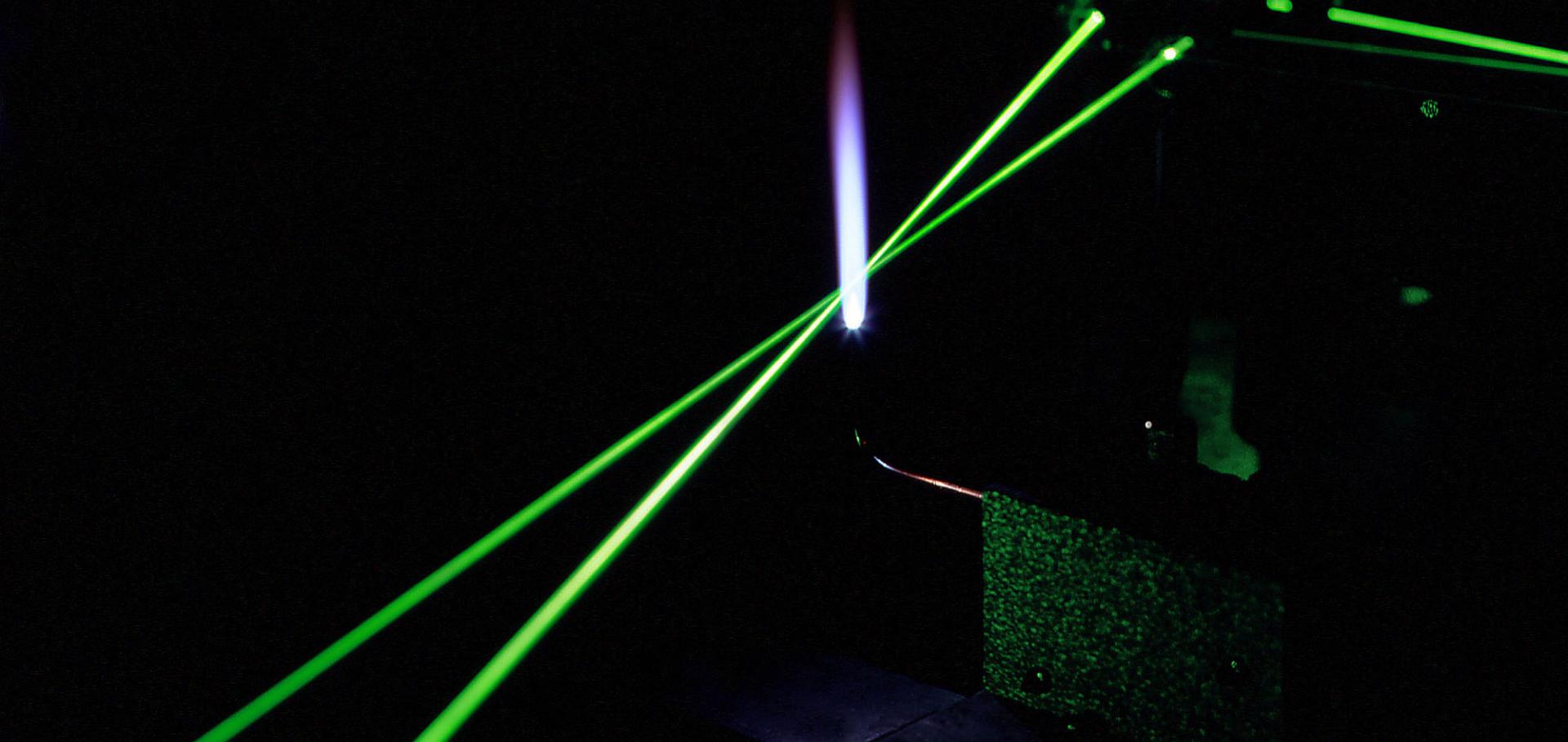Linear and Nonlinear Optical Methods for Multi-Gas and Multi-Parameter Sensing
Optica Publishing Group (2010) ltuc1
Multi-mode absorption spectroscopy, MUMAS, using wavelength modulation and cavity enhancement techniques
Applied Physics B: Lasers and Optics (2010) 1-9
High-resolution infrared polarization spectroscopy and degenerate four wave mixing spectroscopy of methane
APPLIED PHYSICS B-LASERS AND OPTICS 94:4 (2009) 715-723
Multi-component quantitative PLIF: Robust engineering measurements of cyclic variation in a firing spray-guided gasoline direct injection engine
SAE Technical Papers (2008)
Abstract:
Planar Laser-Induced Fluorescence has been widely accepted and applied to measurements of fuel concentration distributions in IC engines. The need for such measurements has increased with the introduction of Direct Injection (DI) gasoline engines, where it is critical to understand the influence of mixture inhomogeneity on ignition and subsequent combustion, and in particular the implications for cyclic variability. The apparent simplicity of PLIF has led to misunderstanding of the technique when applied to quantitative measurements of fuel distributions. This paper presents a series of engineering methods for optimizing, calibrating and referencing, which together demonstrate a quantitative measure of fuel concentration with an absolute accuracy of 10%. PLIF is widely used with single component fuels as carriers for the fluorescent tracers. This paper shows that this method inadequately describes a real fuel spray, and presents instead a method that uses a fully fractionated multi-component fuel for PLIF diagnostics. A series of measurements is presented of fuel distribution, early injection DI homogeneity and cyclic variation of injector plumes in a DI single cylinder optical research engine. Copyright © 2008 SAE International.Full bore imaging of combustion and quantitative AFR PLIF with a multi-component fuel and co-evaporating tracers
Institution of Mechanical Engineers: Combustion Engines and Fuels Group - Internal Combustion Engines: Performance, Fuel Economy and Emissions (2008) 15-25


